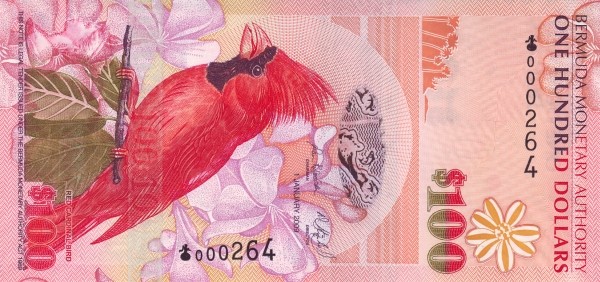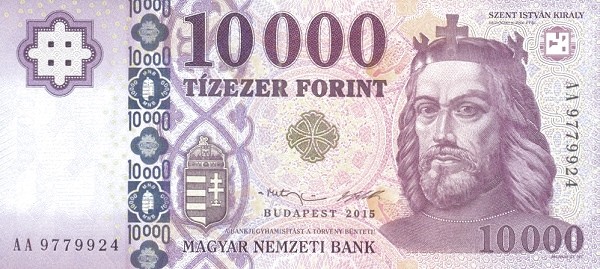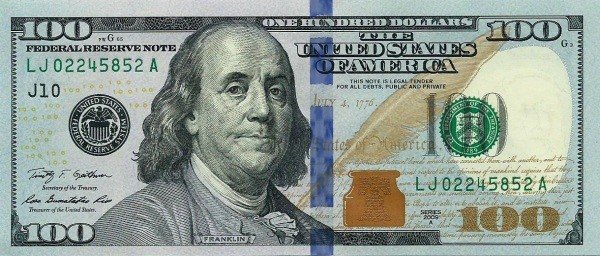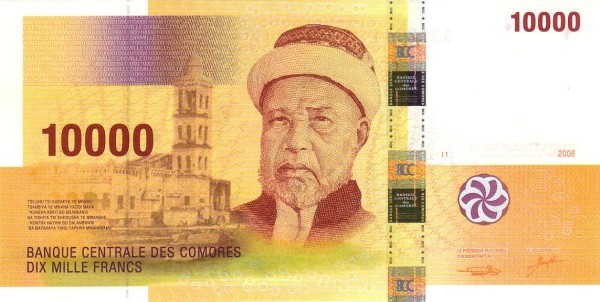Dollar ahead; Aussie slides after RBA tempers hawkish view
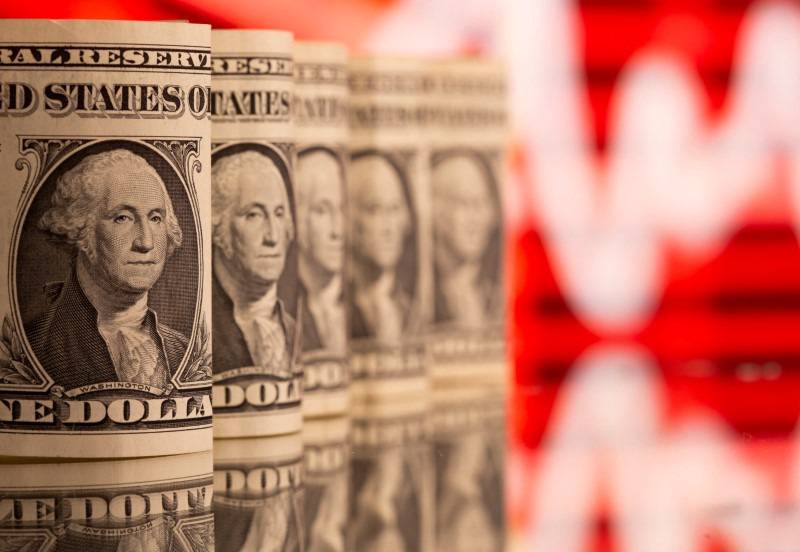
U.S. one dollar banknotes are seen in front of displayed stock graph in this illustration taken, February 8, 2021. REUTERS/Dado Ruvic/Illustration/File Photo Acquire Licensing Rights
SINGAPORE, Nov 7 (Reuters) - The dollar advanced on Tuesday as last week's rally in riskier currencies took a breather, while the Aussie slid after the Reserve Bank of Australia raised rates but tweaked its outlook, spurring investor expectations that rate hikes are nearing an end.
The RBA raised interest rates by 25 basis points on Tuesday, as expected, ending four months of steady policy, but altered its language regarding the outlook.
The Australian dollar sank as much as 0.9% to a session low of $0.64305 after the RBA announcement and was last at $0.64365. The currency was on course to clock its biggest one-day percentage decline in a month.
Commonwealth Bank of Australia's currency strategist Carol Kong said RBA's forward guidance was slightly watered down, which was perceived as dovish, resulting in the Aussie quickly giving back its gains after an initial knee-jerk rally.
The Aussie and the New Zealand dollar have rallied over the past few days. The Australian currency touched a three-month peak on Monday after a benign U.S. jobs report that led markets to price in rate cuts by the middle of next year, lifting risk appetite. The kiwi was off 0.53% at $0.5932.
"With the RBA out of the way, the major determinants of AUD/USD will shift back to global. Expect focus to move back to Fed rhetoric and the resultant impacts on U.S. Treasuries," Kong said.
The rally in bonds and equities last week looks to be fading, with yields higher at the start of the week and the market focus switching to U.S. Fed officials' comments this week.
Federal Reserve Bank of Minneapolis President Neel Kashkari said on Monday the U.S. central bank likely has more work ahead of it to control inflation.
Fed Chairman Jerome Powell is due to speak on Wednesday and Thursday, when the focal point will be whether he maintains the more dovish tone struck after the Fed's policy meeting last week.
Against a basket of currencies, the dollar index rose 0.1% to 105.38, after climbing 0.2% on Monday, but remained not far from a nearly two-month low of 104.84 touched on Monday. The index fell 1.3% last week, its steepest decline since mid-July.
"If Powell sounds a bit more hawkish to push back against the easing of financial conditions later this week ... I think the dollar can rebound," said CBA's Kong.
"But I think it's still too early to say the latest easing in the dollar will be sustained. Just given that the FOMC is still unclear whether or not they wanted to hike rates further."
The euro was down 0.06% at $1.0710, easing away from the eight-week peak of $1.0756 hit on Monday. Sterling was last at $1.23345, down 0.04% on the day and just shy of the seven-week high of $1.2428 it hit on Monday.
The Japanese yen was at 150.28 per dollar, back above the 150-level that has kept traders on edge in recent weeks as they look for signs of intervention from Tokyo.
The yen hit 151.74 per dollar last week, edging closer to October 2022 lows that spurred several rounds of dollar-selling intervention.
Reporting by Ankur Banerjee in Singapore; Editing by Sam Holmes, Miral Fahmy and Edmund Klamann
Our Standards: The Thomson Reuters Trust Principles.
Bermudian Dollar
Bermudian Dollar2009BMD1002009BMD102009BMD202009BMD22009BMD502009BMD5
Hungarian Forint
Hungarian Forint2015HUF100002018HUF10002017HUF200002016HUF20002017HUF50002018HUF500
US Dollar
The US Dollar is the currency of the United States of America and several other countries and territories. It is also the most widely used currency in international trade and finance, and the main reserve currency of the world. Here is a brief introduction of the US Dollar:The US Dollar was
Comorian Franc
The Comorian Franc is the official currency of the Comoros, a small island nation located in the Indian Ocean. It was introduced in 1981 to replace the French Franc, which had been in use since the country's colonial period. The currency is issued by the Central Bank of the Comoros and is available in both paper and coin form. The exchange rate of the Comorian Franc is determined by market forces and is subject to fluctuations. While the currency has faced some challenges in the past, such





